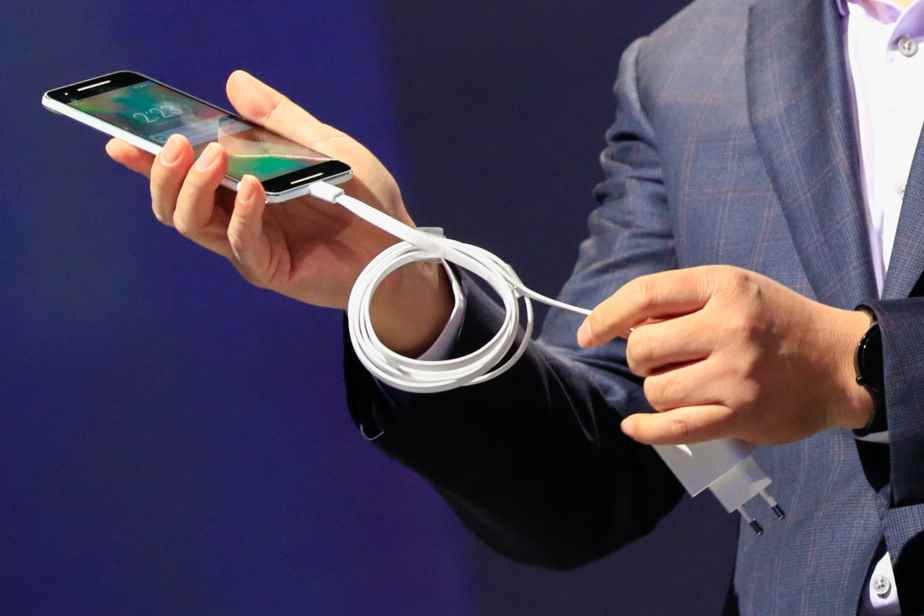(Strasbourg) The European Parliament on Tuesday gave the final blow to the mess of tangled chargers overflowing drawers: within two years, smartphones, tablets and other small electronic devices sold in the EU will all have to have the same charger.
Posted at 3:04 p.m.
After this plebiscite vote by MEPs in Strasbourg, the USB-C type port should become the only charger for portable electronic devices sold in the EU by autumn 2024.
This pioneering legislation in the world becomes reality to the chagrin of Apple, which in June criticized a text which it accused of stifling innovation and cutting off the EU – subject to a choice of “obsolete” standards – from the rest of the world.
“It’s a great day for consumers, a great day for our environment”, rejoiced, in the hemicycle of the European Parliament, Maltese Labor MEP Alex Agius Saliba, rapporteur for the text voted by 602 votes (13 votes against, 8 abstentions).
“This is the past! “, he had launched, during a debate a few hours earlier, waving a tangle of heterogeneous chargers, such as one finds in the drawers of most Europeans.
This obligation will apply to mobile phones, tablets, e-readers, headphones, digital cameras, wireless headphones, portable video game consoles, GPS devices, computer keyboards and mice, as well than portable speakers. And this, regardless of their manufacturer.
Laptops will also be affected in the first half of 2026.
“The example of the EU”
“I am convinced that many countries will follow the example of the EU. We will be leaders,” said Bulgarian Andrey Kovachev, of the main political group EPP (right), on Tuesday.
While there were still around thirty different models around ten years ago, the number of types of existing chargers for new electronic devices has already gradually been greatly reduced.
They are now three in number: the Micro USB connector that has long equipped the majority of phones, USB-C, a more recent connection, and Apple’s Lightning charging technology.
Once the last purely procedural endorsement of the Council of the EU (Member States) and the publication of the law in the Official Journal, European countries will have two years to implement it. So by fall 2024.
“This transition period should allow manufacturers to adapt their production chain,” explained Margrethe Vestager, Vice-President of the European Commission.
In addition, consumers will now have the choice of buying a new electronic device with or without a charger.
The text also harmonizes fast charging technology to prevent the charging speed from being restricted when using a charger from a brand different from the device.
As it becomes more and more widespread, wireless charging will also have to meet interoperability requirements by the end of 2024, which the European Commission must harmonize.
Environmental impact
The deployment of a single loader “will represent at least 200 million euros in savings per year for European consumers and will make it possible to reduce more than one million tonnes of waste each year”, underlined Mr.me Vestager.
According to European institutions, discarded or unused chargers currently account for around 11,000 tonnes of electronic waste per year.
But “it’s the very small part visible in the iceberg in the environmental impact of digital technology”, noted French environmentalist MEP David Cormand, referring to “planned obsolescence” or the low “durability” and “repairability” electronic devices.
“The wire (of the charger) must not be there to hide the forest of the ecological disaster that digital represents”, he criticized.
